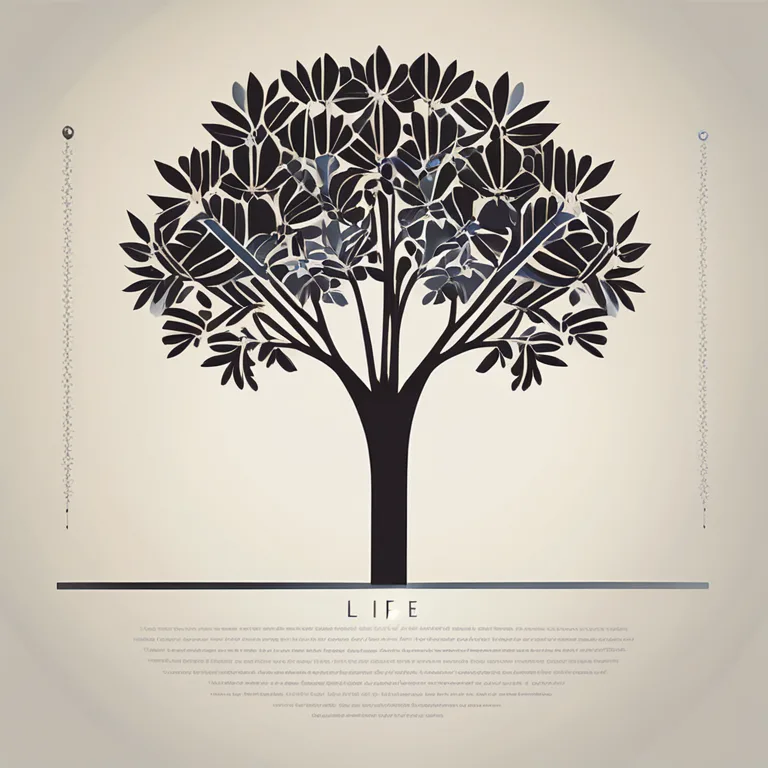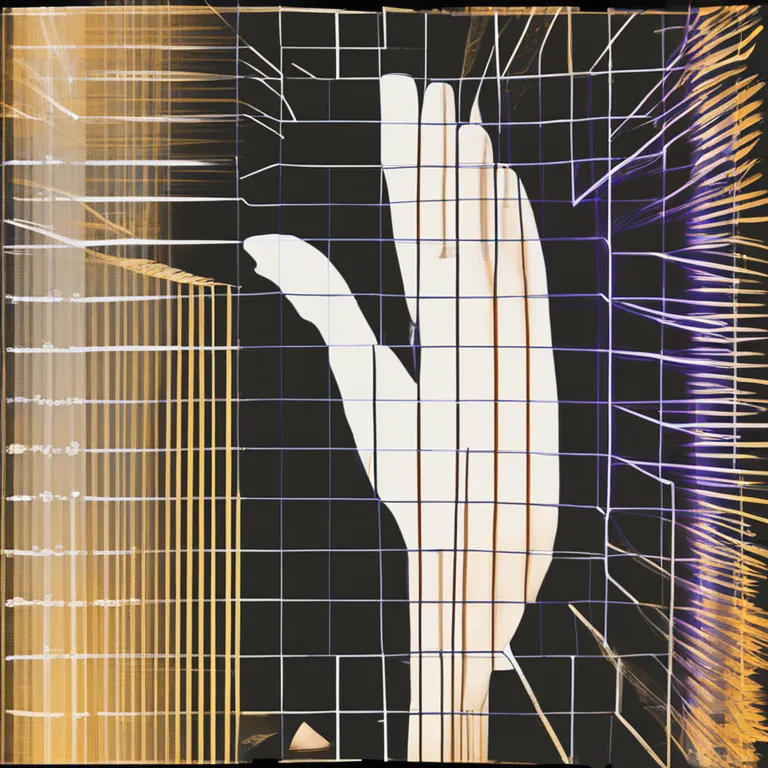
Palmistry's Insight on Multiple Marriage Lines
Delve into the meanings of two marriage lines in palmistry and discover how they might reflect your love life's journey.
article by Nora Pennington
Palm Lines and Life's Blueprint
Palmistry is an ancient practice that many believe offers a glimpse into an individual’s life path, personality, and future. It's a component of astrology that focuses on analyzing the palm's lines and structures. One of the lines that captures significant attention is the marriage line. Traditionally located on the edge of the palm, just below the little finger, the marriage line(s) are said to reveal nuances about one’s marital journey. When someone possesses not one, but two marriage lines, it can indicate a complex and rich love life that is worthy of deeper understanding.

Interpreting Dual Marriage Lines
In the scope of palmistry, two marriage lines can suggest several interpretations. These lines, also known as affection lines or relationship lines, might represent deep bonds and significant relationships. It's not always indicative of legal marriage; rather, it could symbolize impactful romantic relationships that one experiences throughout life. Each line is believed to represent a different relationship, showing the nature and length of these connections, and can sometimes reflect periods of affection or partnership that hold great significance.

The Significance of Line Depth and Length
The clarity and length of the marriage lines can convey additional information. Clear and long lines signify strong and enduring relationships, while short or fragmented lines may hint at shorter liaisons or less impactful unions. If two marriage lines are of equal length, it could denote two significant relationships that have a similar level of influence on the individual's life. For those who consult with palmists, such details might provide intriguing insights into their romantic paths.

Line Positioning and Life Stages
The relative positioning of the multiple marriage lines might correlate with different life stages. A higher line closer to the base of the little finger might indicate a later-life relationship, whereas a lower line could be associated with an earlier bond. These narratives are not strict prescriptions but rather guides that point to romantic encounters that leave lasting impressions, possibly shaping individuals’ perspectives on love and companionship.

Modern Palmistry's Approach
As contemporary palmists approach the art, there is also an acknowledgment of the evolving nature of relationships. With societal shifts in views on marriage and partnership, the interpretation of multiple marriage lines also adapts. It could now represent significant romantic relationships regardless of marital status, recognizing the breadth of human connections that can be as meaningful, if not more, than traditional marriage.
Cultural and Individual Variations
It's important to note that interpretations of palm lines, including marriage lines, can vary significantly across different cultures and schools of palmistry. Additionally, individual readings are nuanced and personalized. A palmist might consider other elements such as the heart line and life line, as well as an individual’s unique circumstances, to provide a more comprehensive interpretation.
Seeking Professional Insight
For those curious about their own palm's narratives, seeking out an experienced palmist for a personal reading can offer an enlightening experience. While palmistry can provide fascinating perspectives, it should be approached with an open mind and understood as one of many tools for self-discovery and reflection. In the ever-changing landscape of our lives, perhaps the true power of palmistry lies in its ability to inspire introspection and curiosity.
Published: 1/3/2024
Modified: 1/3/2024
More predictions
Come back here soon to learn more about yourself and your future


Palmistry Clues to Predicting Parenthood
Delve into the palmistry lines associated with predicting childbirth and learn what your hands may reveal about future family life.


The Origins of Palmistry: An Ancient Practice
Delve into the fascinating beginnings of palmistry—the ancient art of hand reading for insights into character and destiny.


The Origins & Journey of Palmistry
Trace the fascinating history of palmistry, understanding its ancient roots and its evolution through cultures and time.